10 foods diabetics should avoid!

Many people wonder what causes sugar spikes as well as what are the foods that drop blood sugar levels, as keeping it at desired levels is of the utmost importance.
Otherwise – either when in a state of hyperglycemia or hypoglycemia – the body presents one or more symptoms, which if not treated in time can be particularly dangerous.
Hyperglycemia, in particular, is related to diabetes mellitus and is nowadays a very common pathological condition on a global scale.
Table of Contents
What raises blood sugar
What causes the so-called sugar spikes is primarily the frequent and large consumption of foods rich in carbohydrates (bread, juices, sweets, etc.) and, especially, in simple carbohydrates (e.g. sugar, fructose).
Of great importance is – in addition to the quantity and quality of carbohydrates – the type of food with which carbohydrate foods are combined, as well as other factors such as body weight and comorbidities (e.g. hypertension, dyslipidemia, obesity).
Which foods should diabetics avoid?
In general, one could say that the following foods/food groups are considered prohibited for people with diabetes:
1. Sweets & candies
One of the most common pieces of advice given to people with diabetes or pre-diabetes is to limit their sugar consumption. The best way to do this is not to add sugar to coffee or tea and, in general, to avoid sweets as well as commercial products which – although they often don’t seem like it – very often contain hidden sugar.
Naturally, candies, jellies, lollipops and various other sweets (cakes, cookies, chocolate, ice cream, etc.) are a food category that should be avoided or consumed in very small quantities, due to the very high sugar content.
The large amount of sugar per small amount of food contributes to a rapid increase in blood sugar, which will then drop sharply (which is not good!).
However, there are also alternative options suitable not only for people with diabetes but also for those who wish to follow a diet low in sugar, as this is really good for everyone! A typical example are sweets made with stevia or some other sweetener and, in particular, those with a lower glycemic index.
It is also worth noting that most sweets also contribute to weight gain – if they are consumed often and in large quantities – and some are also rich in fat, while being low in fiber & protein.
2. Sweet drinks/beverages
Apart from the “forbidden” sweet treats that we find in solid form, sugar-rich drinks can be equally responsible for a sudden increase in blood sugar. Below are some typical examples:
- Sodas with sugar
- Ready tea with sugar
- Sports drinks with sugar
- Coffee or chocolate drinks with sugar/syrup and/or whipped cream
- Fruit juice (e.g. fruit drinks)
It is important that coffee and tea are consumed without sugar, while when buying ready-made commercial products, those that are sugar-free (e.g. with stevia) should be preferred. However, even sweetened beverages should be consumed in moderation.
Regarding freshly-squeezed fruit juice, it should be emphasized that they also have a high sugar content, while being a good source of nutrients. It is ideal to prefer the consumption of fresh fruits, which are lower in sugars and, in addition, provide good amounts of fiber.
3. Dried fruits
Although fresh fruits are recommended not to be excluded from the diet of people with diabetes, as they are rich in fiber, vitamins, minerals & trace elements, it is recommended that they be consumed in moderation and that those lower in sugar (e.g. berries) be preferred.
But what many people don’t know is that dried fruit is potentially dangerous for diabetics, since it contains more sugar per serving than the fruit in its natural form. This means that high consumption of dried fruits such as raisins and dates could very easily raise blood sugar levels.
Thus – although for those who do not have a problem with their blood sugar, dried fruit is a good alternative to sweets – for people with diabetes it is recommended that dried fruit is consumed in very small quantities, as a single handful can have the same sugar content as a whole bowl of fruit!
4. Yogurt desserts
When it comes to dairy products, there are two things that need special attention – especially when it comes to people with diabetes – which are the sugar and fat content.
In particular, it is recommended to avoid yogurt desserts, as they are rich in sugar and/or fat. Instead, it is recommended to consume low-fat (light) and with no added sugar yogurt, which can be combined with some fruit (e.g. apple) in an appropriate amount.
Many of the store-available yogurt desserts contain – in proportion to their size – large amounts of sugar, while they often contain (additionally) honey, jam and/or cereals with added sugar. Unfortunately, many people consider these choices to be almost as nutritious as “plain” yogurt and prefer the sweeter versions, thinking they share the same nutritional value…
5. Breakfast cereal
Breakfast cereals are a rich source of carbohydrates – both simple and complex – promoting an increase in blood glucose levels, especially if they are not high in fiber (whole grain) cereals.
In addition, many packaged foods found in stores are rich in “hidden” sugar, and people who buy them often assume that they either have no sugar or very little sugar.
This category also includes all well-known breakfast cereals, to which a significant amount of sugar is almost always added, unless it is stated that the product is sugar free or without added sugar.
Ideally, it is recommended to consume those that have the above indications and are, in addition, whole grain, while importance should also be given to the size of the portion. Very good choices are oats, muesli and homemade granola.
6. White bread & pastries
White bread, like the majority of packaged baked goods, besides being a rich source of carbohydrates and made with refined (ie white) wheat flour, also contains refined (white) sugar! This results in a sharp increase in blood glucose levels, which is why it is not safe to consume in great amounts.
Especially when it comes to pastries, the problem is much greater due to their high content of calories and trans fats. Most of the store-available cakes, scones, cookies, etc. also contain a multitude of artificial flavors, colors and/or preservatives, many of which are potentially harmful to our health.
What is recommended is the consumption of wholemeal bread and pastries with a low glycemic index (G.I.) and reduced calories, or ideally you should make them yourself at home following a diabetes-suitable recipe.
7. Natural sweeteners
A common mistake made by a large percentage of people trying to limit their daily sugar consumption is to replace it (in meals and recipes) with other, natural sweeteners.
There are a lot of people who believe that they are not at risk of increasing their blood sugar by consuming honey, maple syrup or agave nectar. But this is not the case, as these sweeteners are also made of carbohydrates and in some cases are even richer in sugars, compared to the same amount of sugar.
This does not mean, of course, that people should prefer the consumption of sugar in their everyday life. The most important thing is to pay attention to the quantity consumed in each meal.
8. White rice & pasta
As with white bread, white rice and white pasta also have the ability to quickly raise blood glucose levels, especially if consumed plain and in large quantities. This is because they are rich in carbohydrates and poor in fiber & protein.
Instead, it is recommended to consume an appropriate amount, as part of a balanced meal along with lean protein, vegetables and good fats. Prefer some of the following options:
- Quinoa
- Brown rice
- Whole wheat pasta
- Legume pasta (e.g. from chickpea or red lentil)
9. Foods rich in calories, trans fats & salt
Something that many do not take into account or simply are not aware of is that it is not only the amount of carbohydrates that needs to be considered.
In particular, it is important to avoid frequent consumption of certain foods, which are harmful to overall health and can worsen the condition of people with diabetes.
These include foods rich in bad fats (trans, saturated), calories, salt and/or artificial additives (processed foods). It is highly recommended to avoid consumption of the following:
- Fried foods – especially if you don’t make them at home and get them from a fast food place (eg french fries, fried bacon)
- Red meat, meat derivatives (processed meat) and high-fat meat cuts (e.g. cold cuts, sausages, beef, pork ribs)
- Full-fat dairy
- Fried sweets (eg churros, doughnuts)
- Chips, crackers and other fatty snacks
10. Alcoholic drinks
Drinking alcohol isn’t strictly forbidden for those with diabetes, but it should be done in moderation – up to 1 drink per week for women and up to 2 for men – while the type of drink consumed is also of great significance.
Opt for a plain drink instead of a cocktail, which will likely contain sugar, syrup, fruit juice, soda, or a combination of the above. In addition, when it comes to the choice of drink, it is good to prefer some dry wine, which contains a lot of antioxidants and other valuable substances.
In addition, it is worth emphasizing that alcohol interacts with certain medications, while it is recommended not to consume it on an empty stomach.
Diabetes diet
Regarding the ideal diet for people with diabetes, people should know that it’s all about moderation in portions and optimal planning of meals & snacks (composition-wise)! Almost nothing needs to be excluded, as long as one watches what they eat on a daily basis, exercises regularly, sleeps well and monitors their health.
In general, the following are recommended:
- Adequate consumption of: vegetables, legumes, whole grains, fruits (relatively low in sugar) and good fats (olive oil, nuts, fatty fish).
- Combine: carbohydrate sources with foods rich in protein (lean meat, fish, egg) and good fats.
- Sufficient water consumption.
- Avoid: sweets and fried foods, junk food, white bread, rice & pasta and alcoholic beverages.
- Prefer lean meats (e.g. chicken, turkey), fish, eggs and legumes as a source of protein
- Healthy snacks: the combination of nuts such as almonds with some fruit (e.g. berries, apple) is considered ideal.
- Instead of full-fat dairy products, it is recommended to consume low-fat dairy (1-2% fat) or to alternate with plant-based drinks such as almond/soy/oat/rice milk.
- Make sure you get enough good fats (e.g. omega 3s) by eating foods like nuts, avocados, seeds, olive oil, salmon and sardines.
Summary
By following a balanced diet with carefully planned portion sizes and composition, it is most likely that complete abstinence from any food will not be necessary.
As is almost always the case, appropriate nutritional information, moderation in food and good quality of life are required.
Taking nutritional supplements with a specialized composition for conditions such as diabetes and its complications (e.g. diabetic neuropathy) can also be of great help.
References:
Disclaimer
The content of this blogspot is not and can not be considered as medical advice, diagnosis or treatment. All information is provided to readers solely for informational purposes. There is no intention to substitute this content for personalized medical advice, diagnosis, prognosis or treatment.

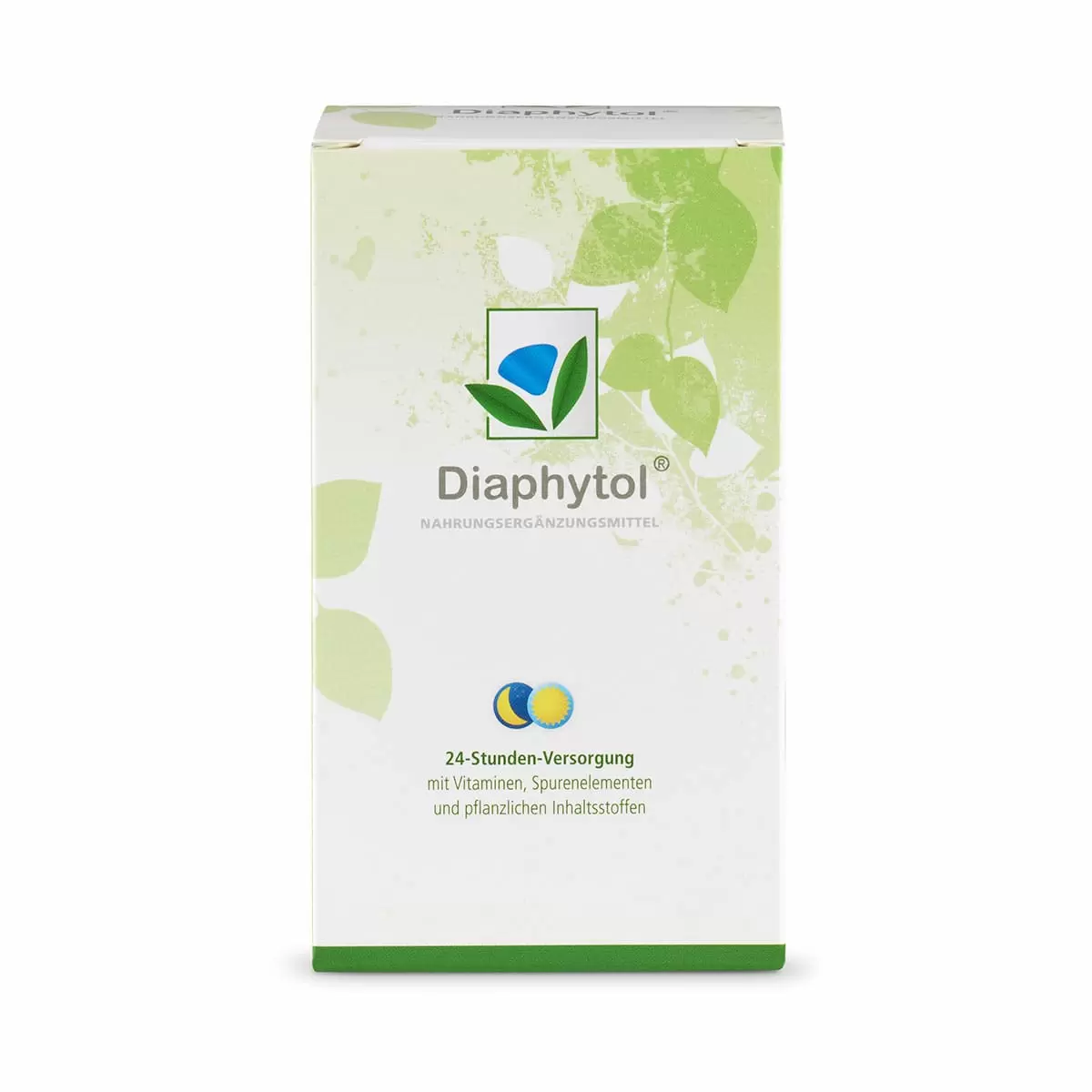
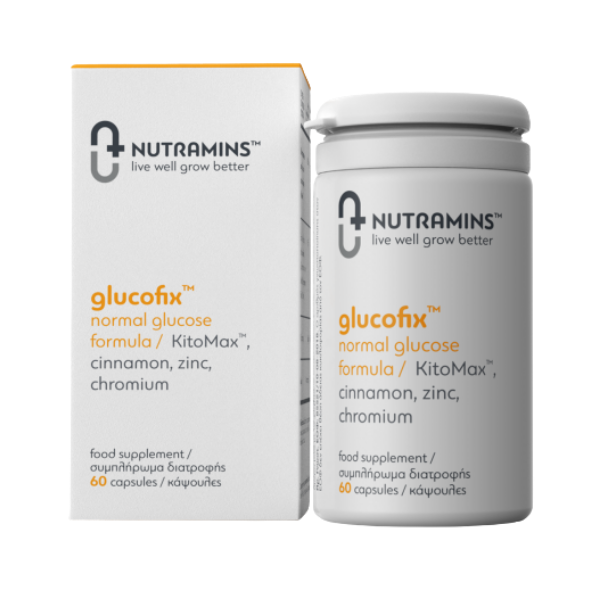
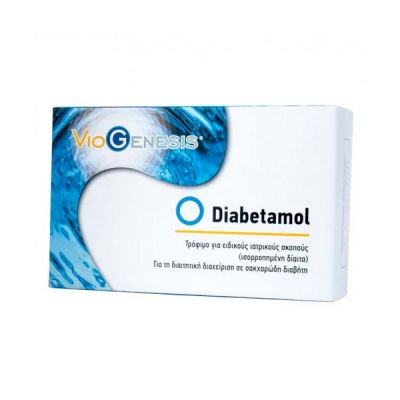
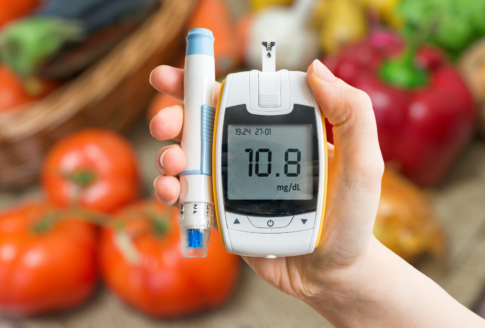
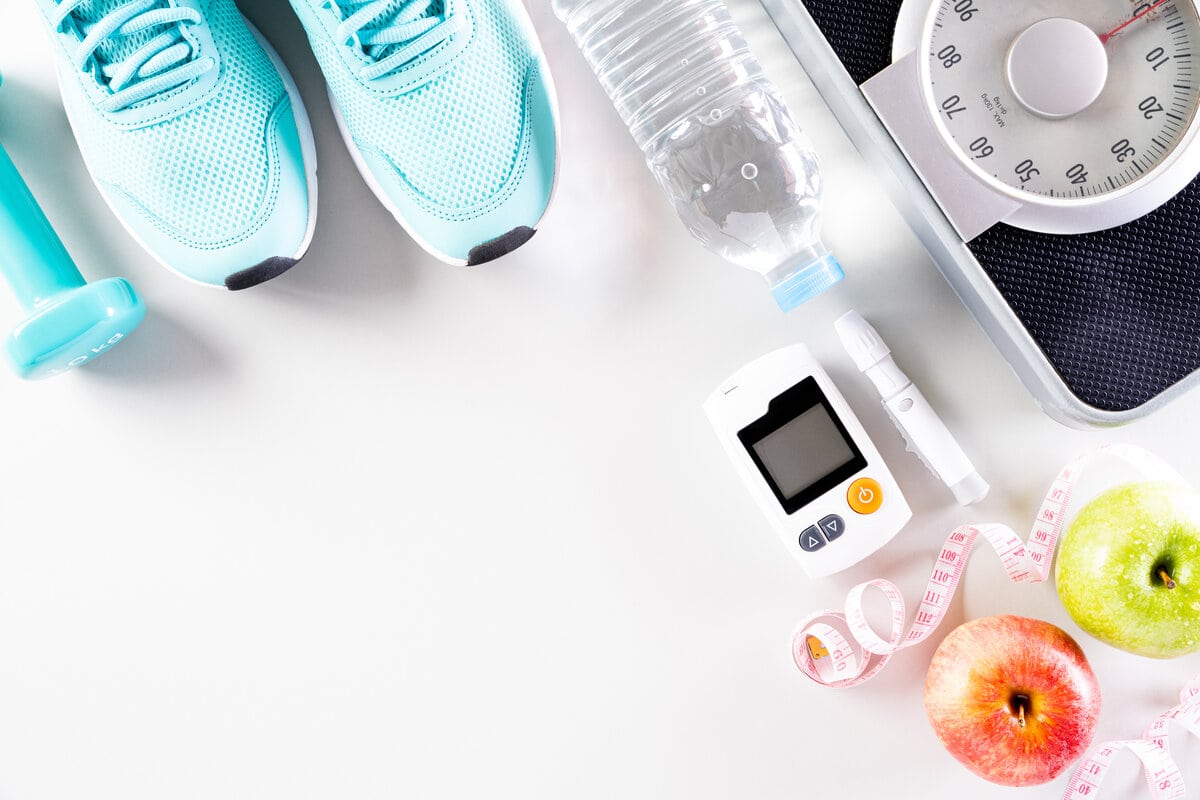
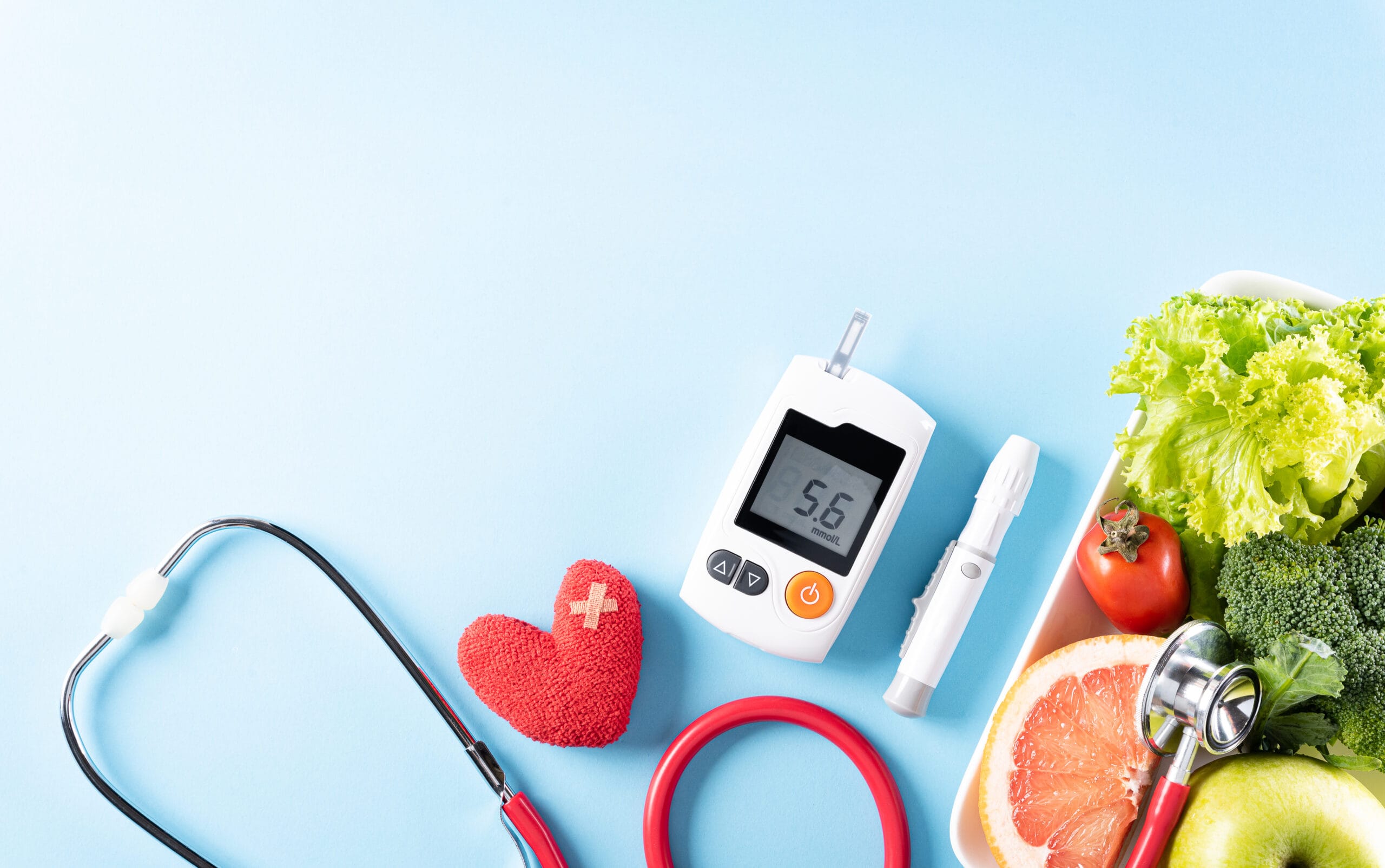

Leave a comment